Narrative of Learning Theories in Early Childhood Studies Assignment
VerifiedAdded on 2022/11/18
|12
|1041
|343
Presentation
AI Summary
This presentation assignment from a student in Early Childhood Studies provides a narrative on the role of learning theories in childhood education. The narrative centers around the student's sister, who initially struggled with mathematics but developed a love for the subject through her teacher's application of various learning theories. The presentation explores three key learning theories: the behaviorist approach, where rote memorization and positive reinforcement were employed; the cognitivist approach, which utilized real-world examples and problem-solving tasks; and the constructivist approach, incorporating brainstorming sessions to build problem-solving skills. The student reflects on how these theories influenced their sister's learning journey, highlighting the importance of understanding the root of learning problems, engaging cognitive functions, and critically analyzing learned concepts. The assignment provides a practical understanding of how different learning theories can be applied to enhance a child's educational experience and foster a positive attitude towards learning.
1 out of 12
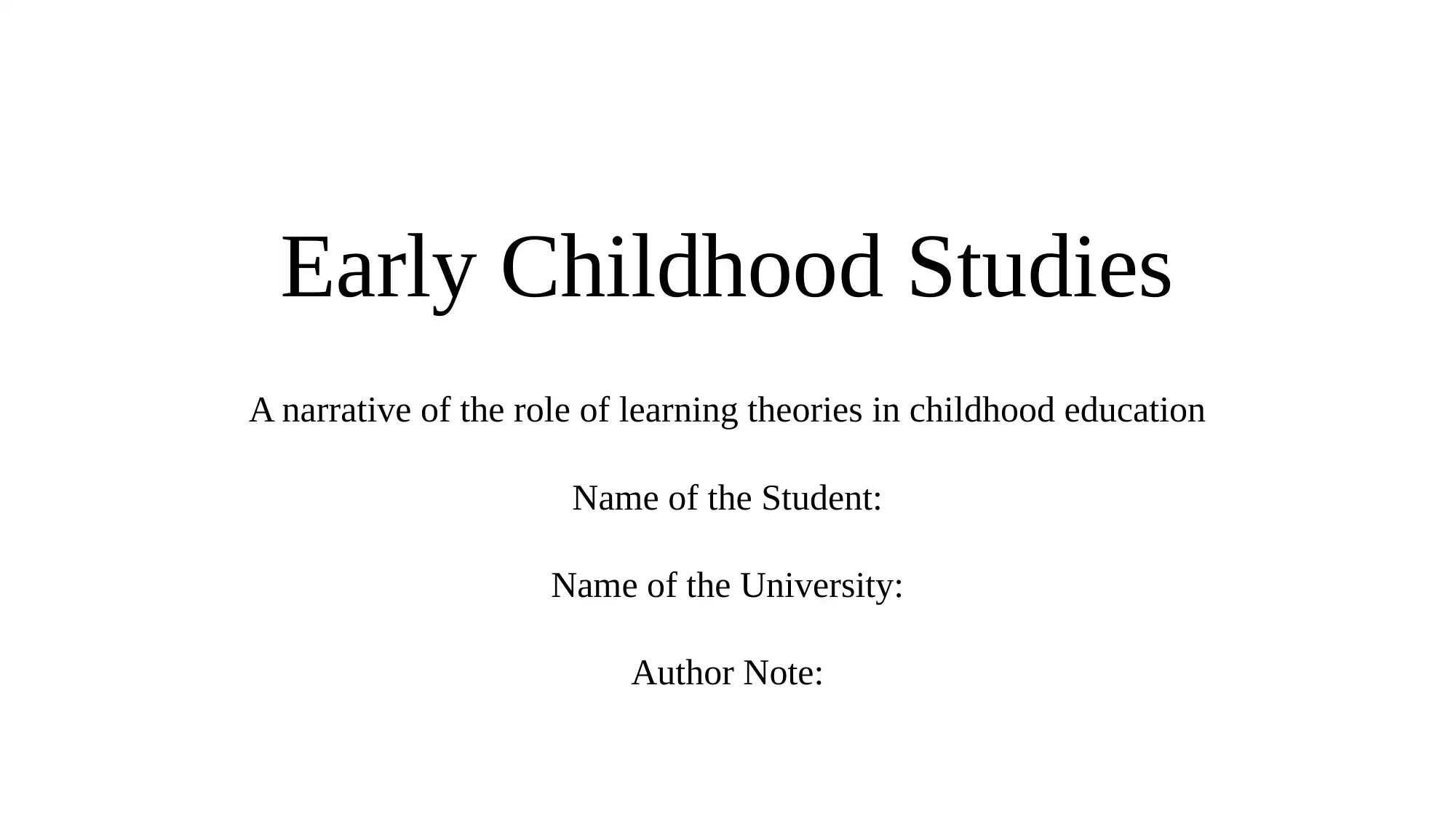
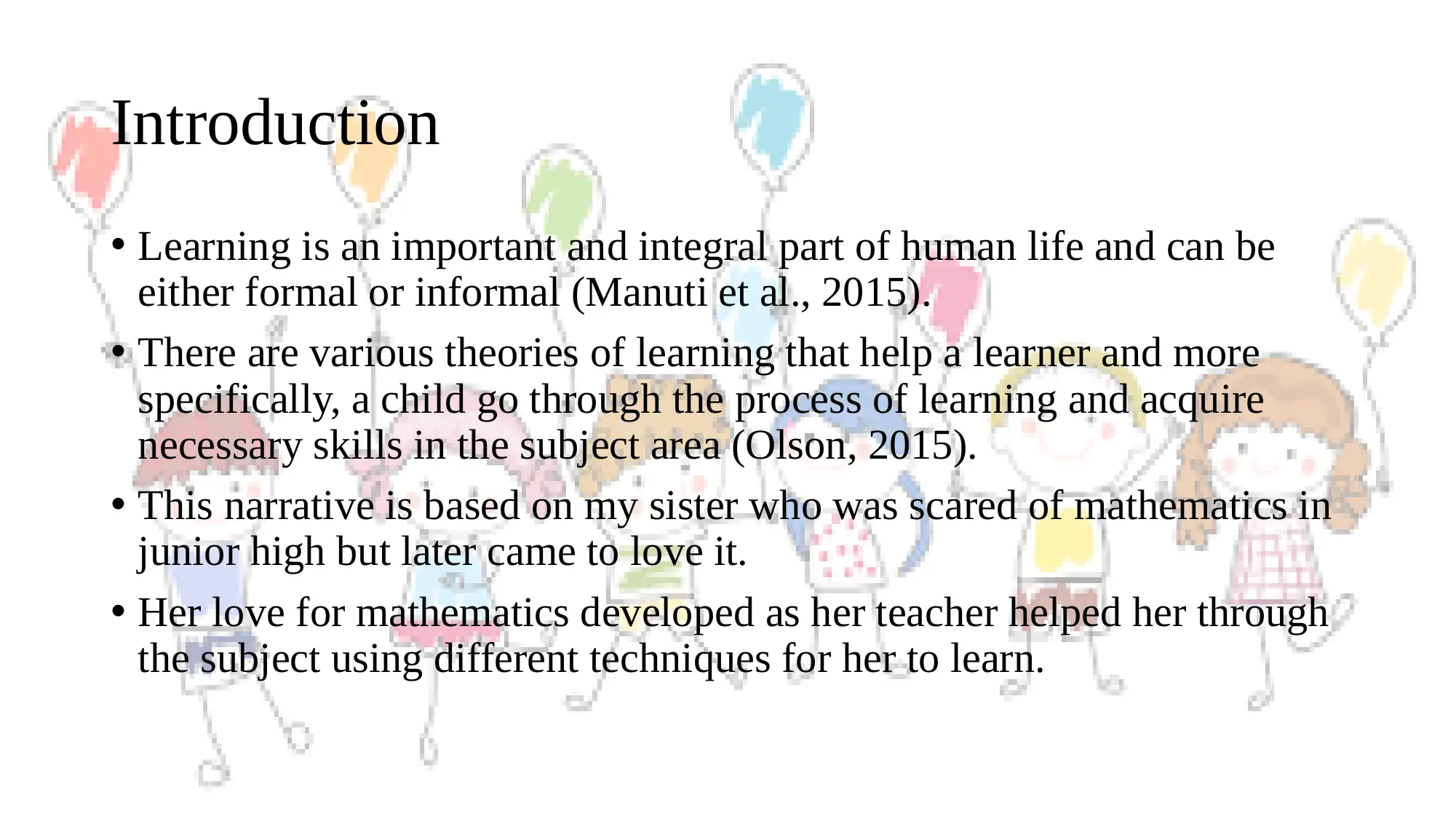
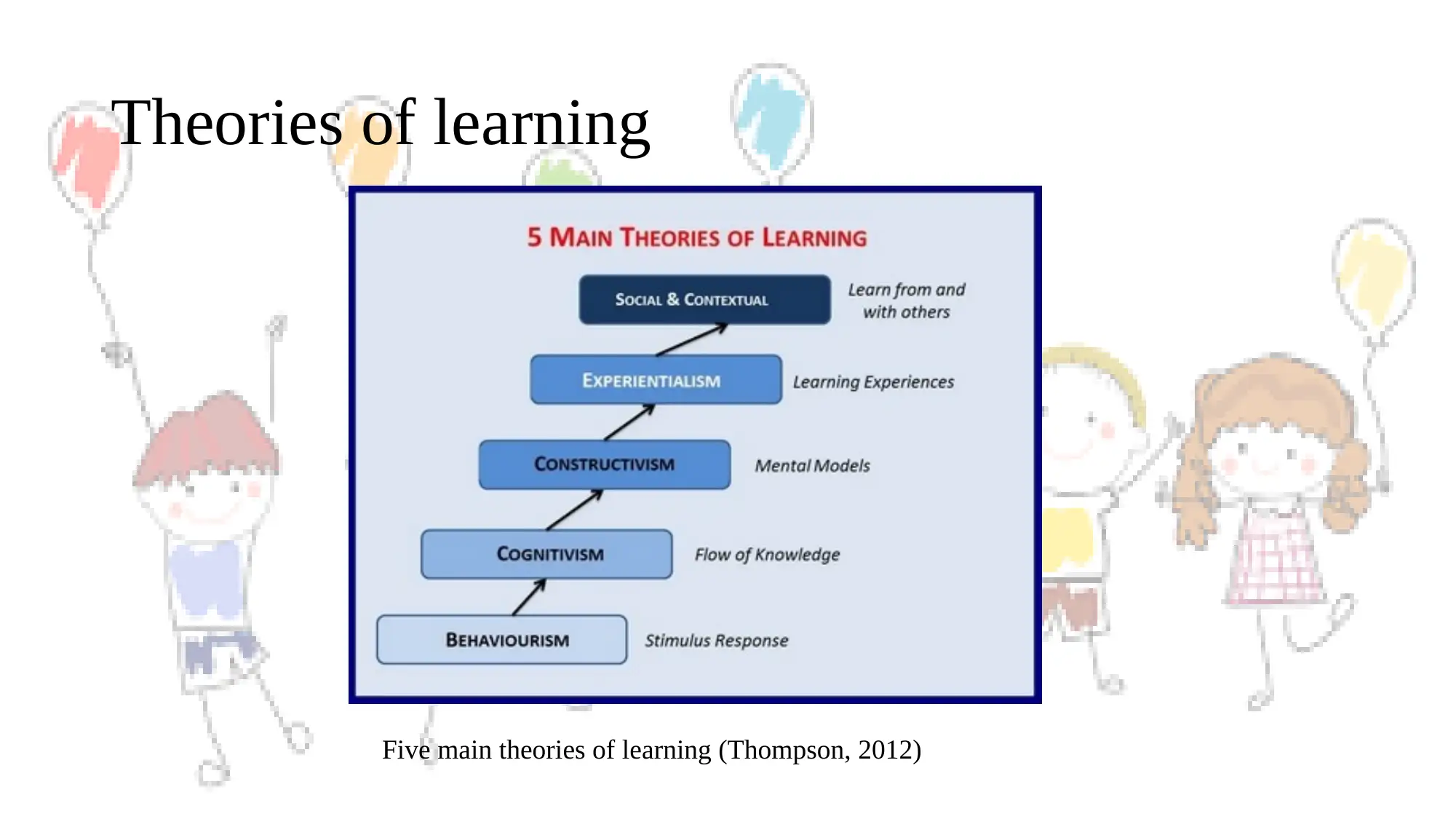

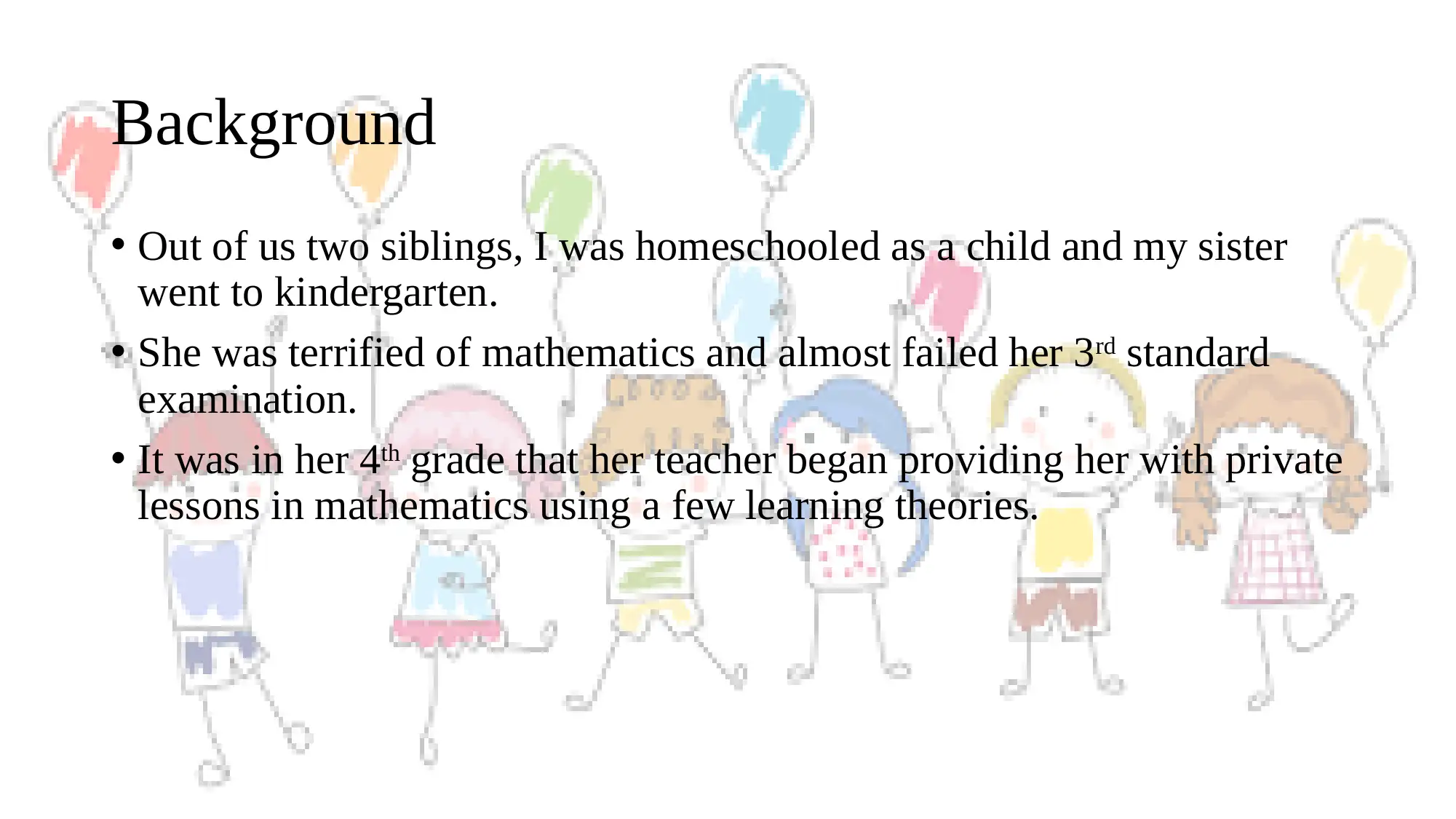
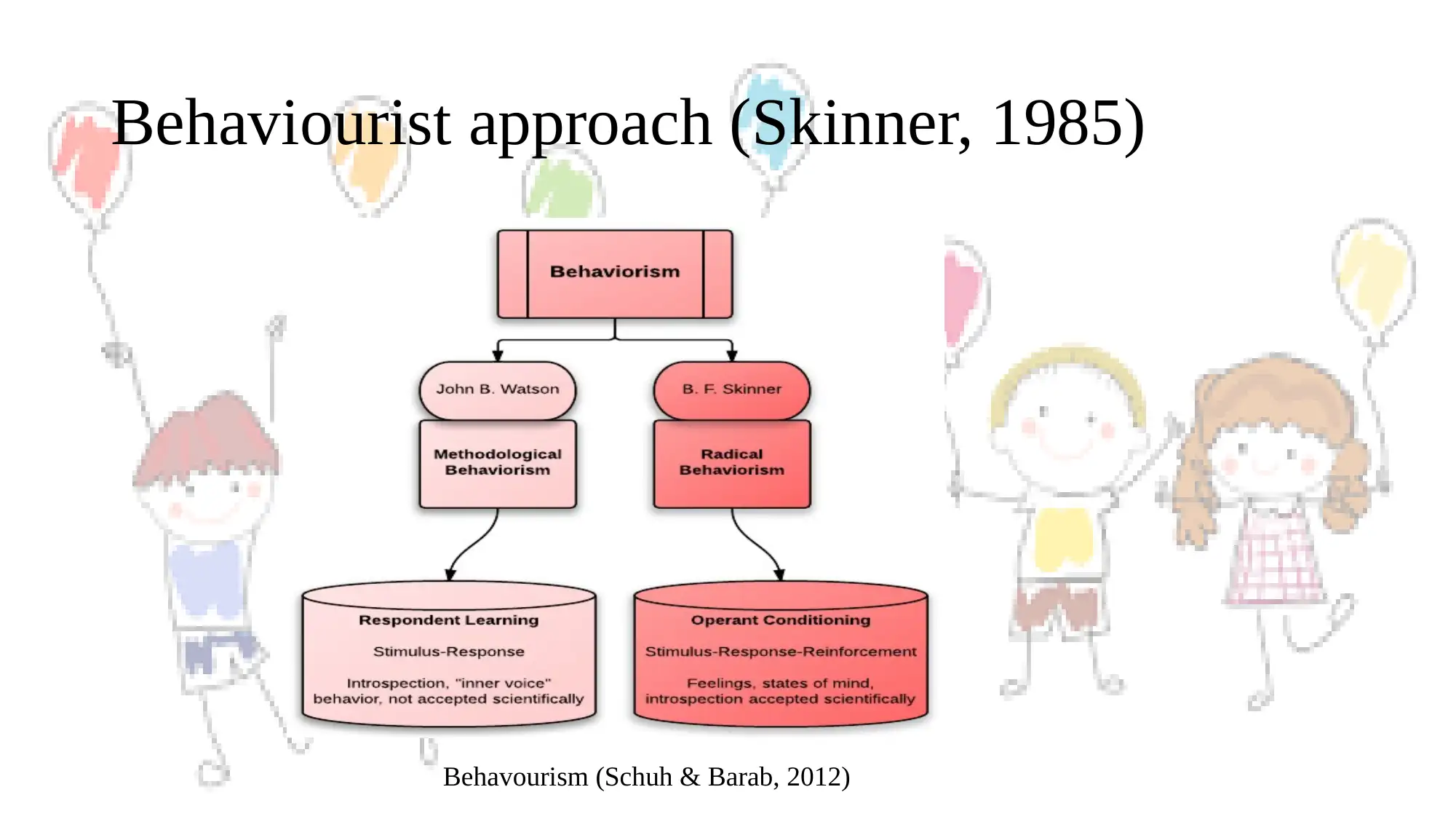
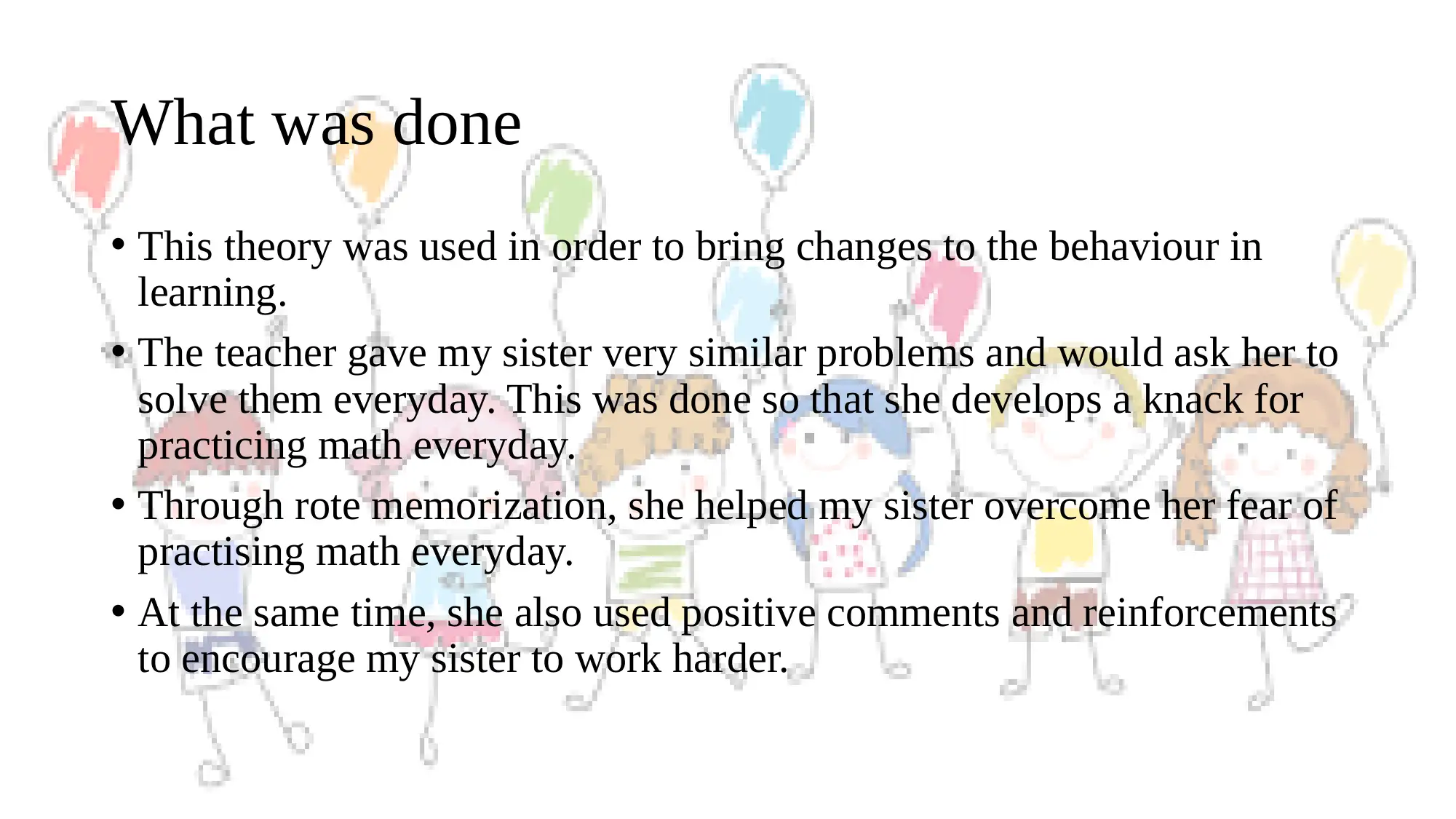
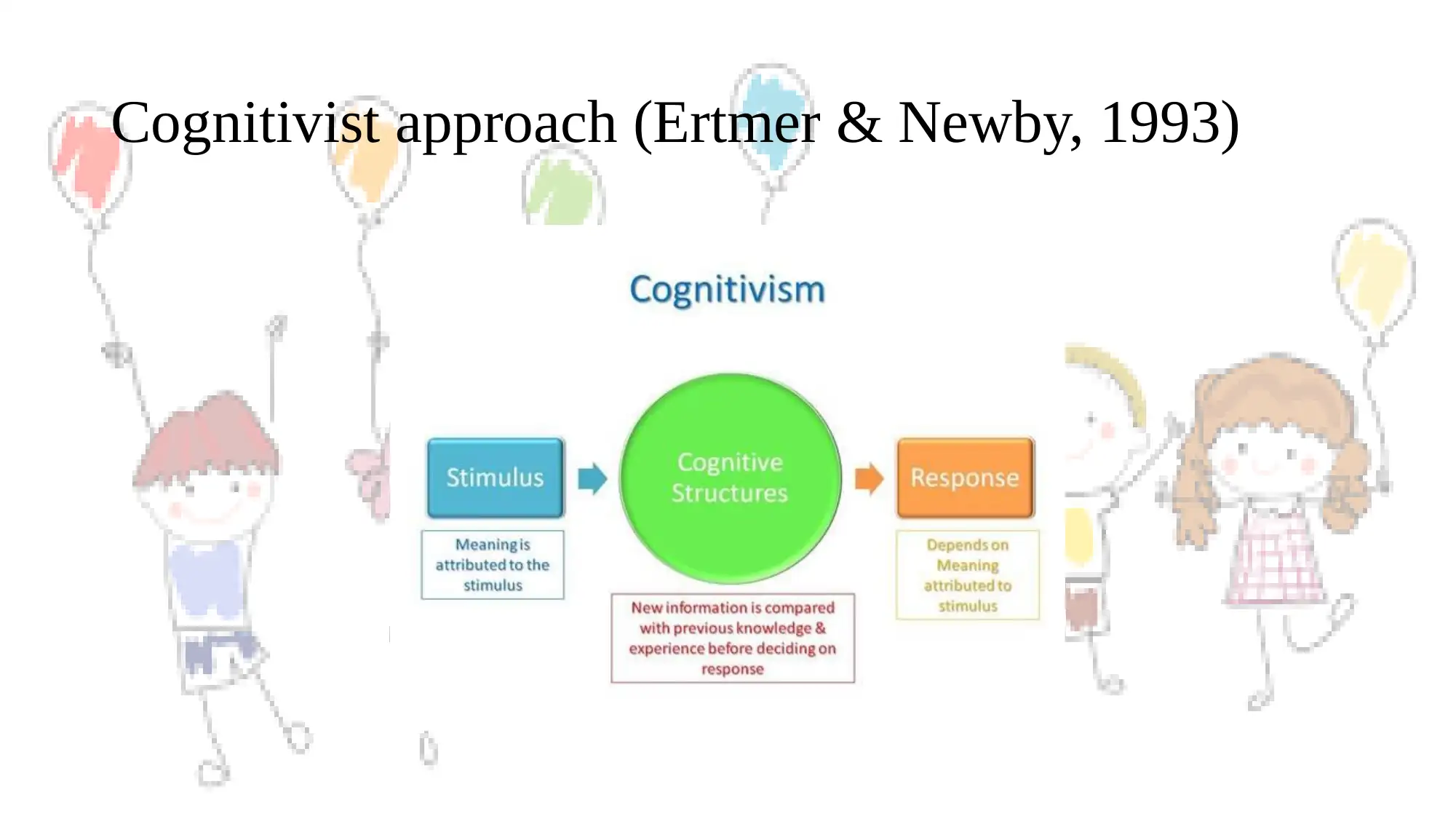
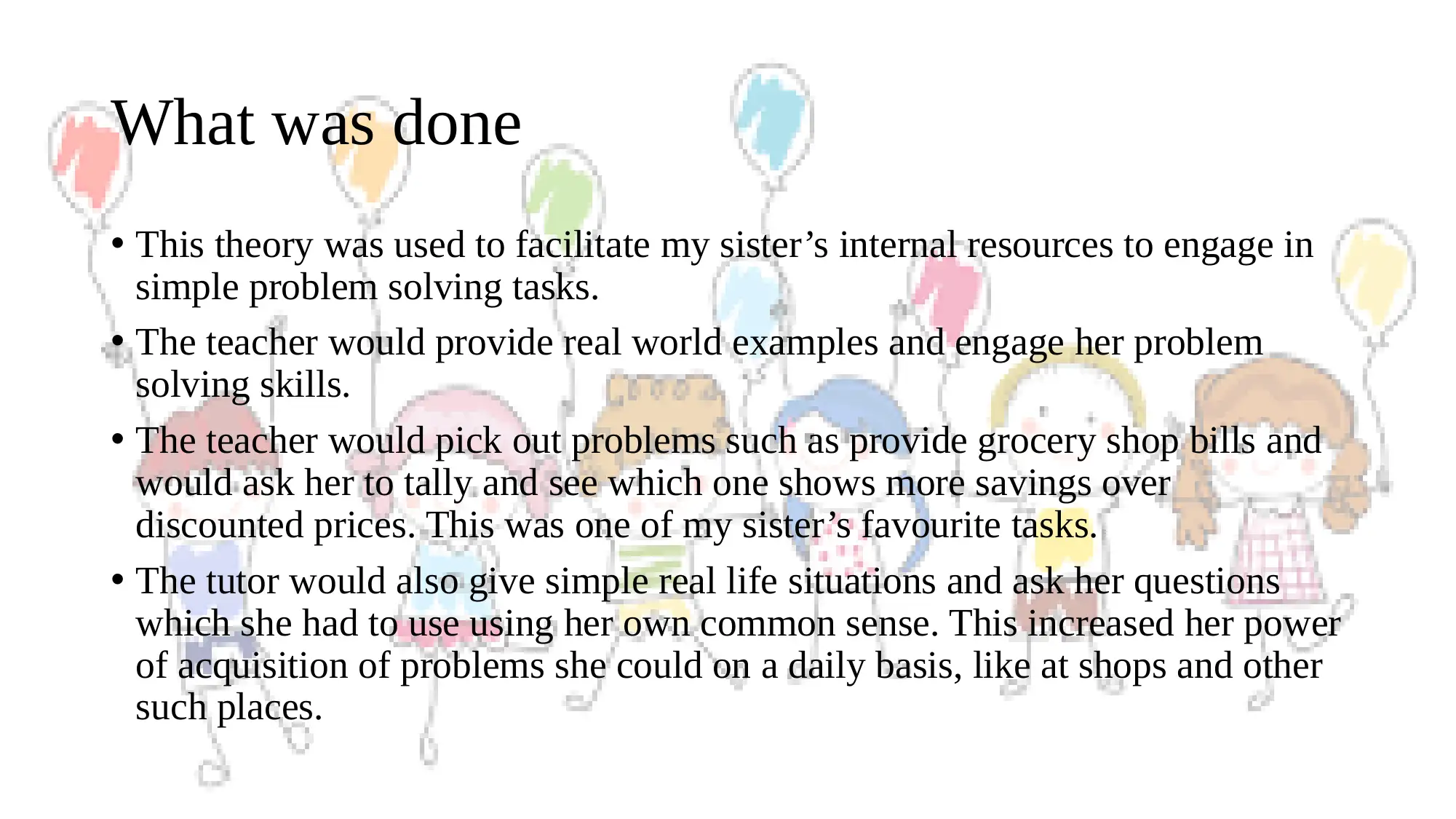
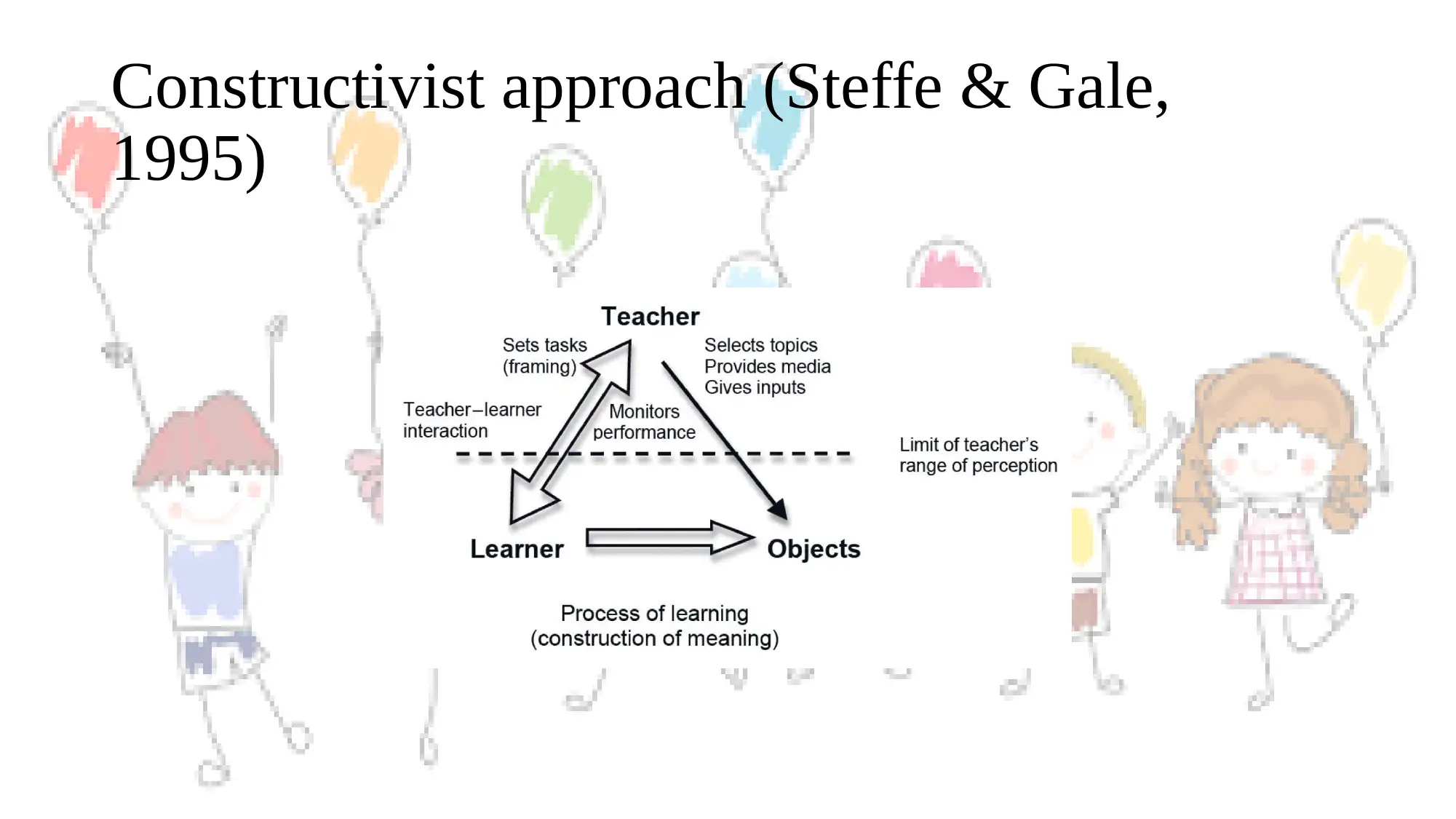
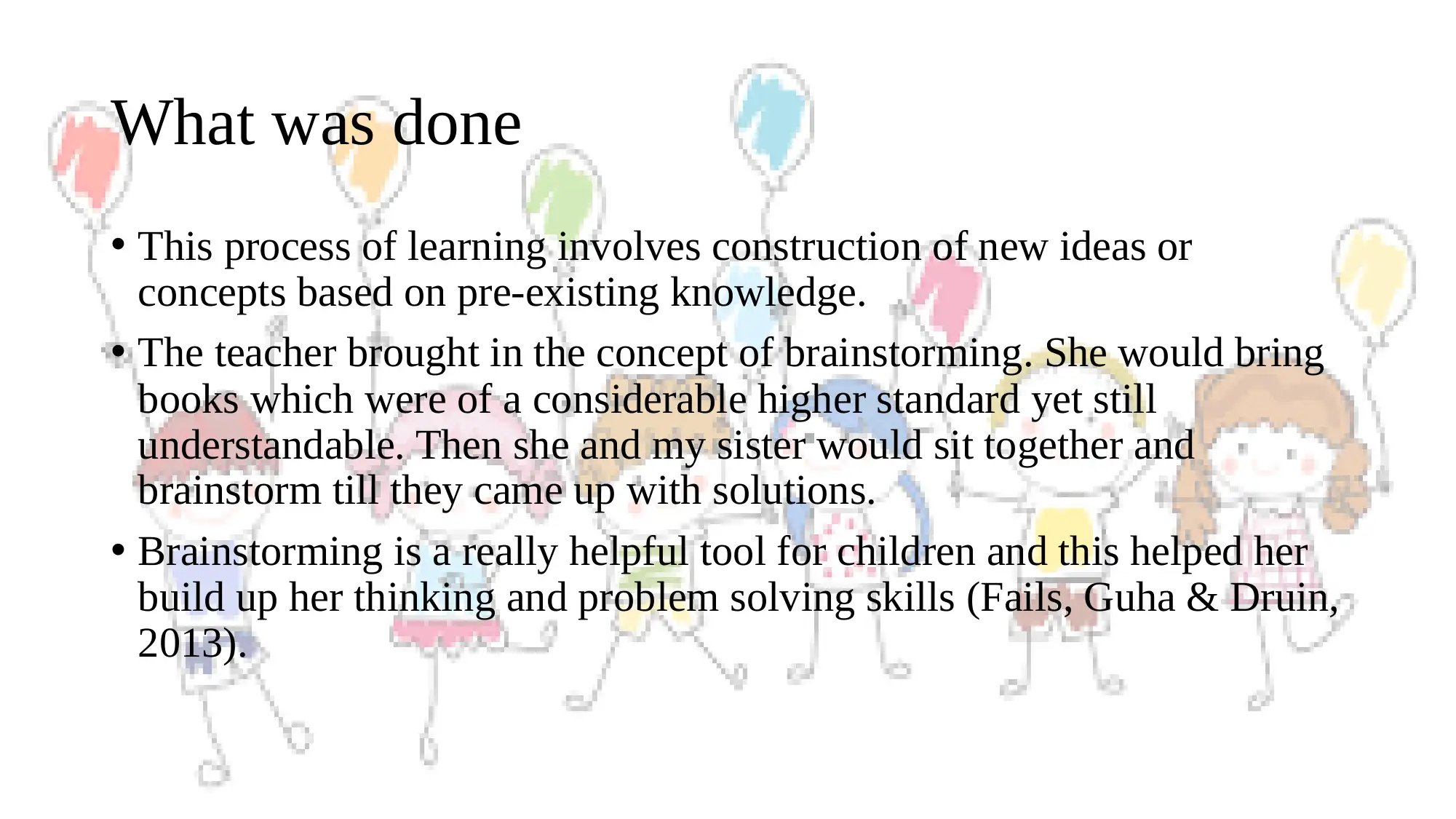
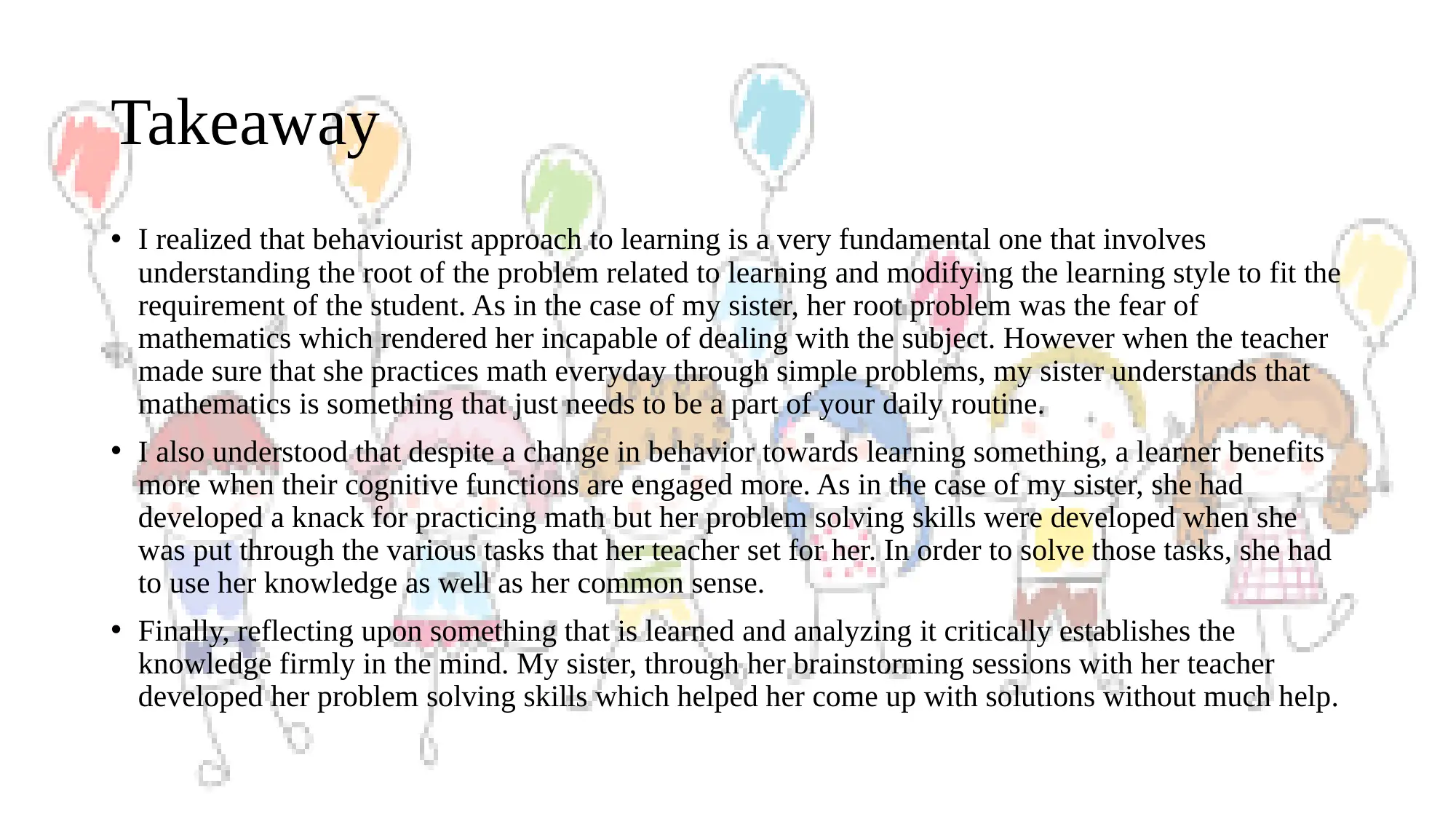
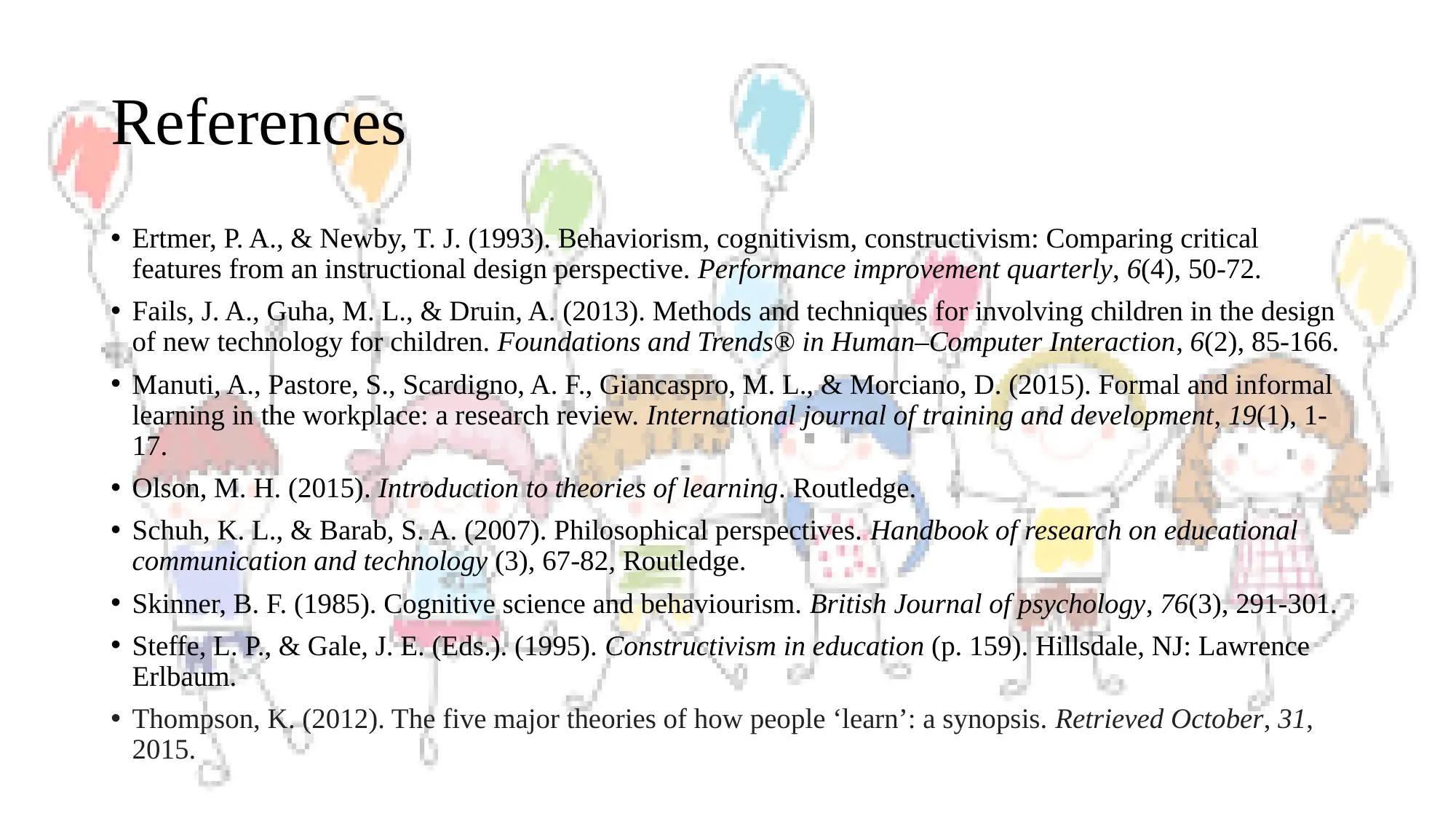






![[object Object]](/_next/static/media/star-bottom.7253800d.svg)